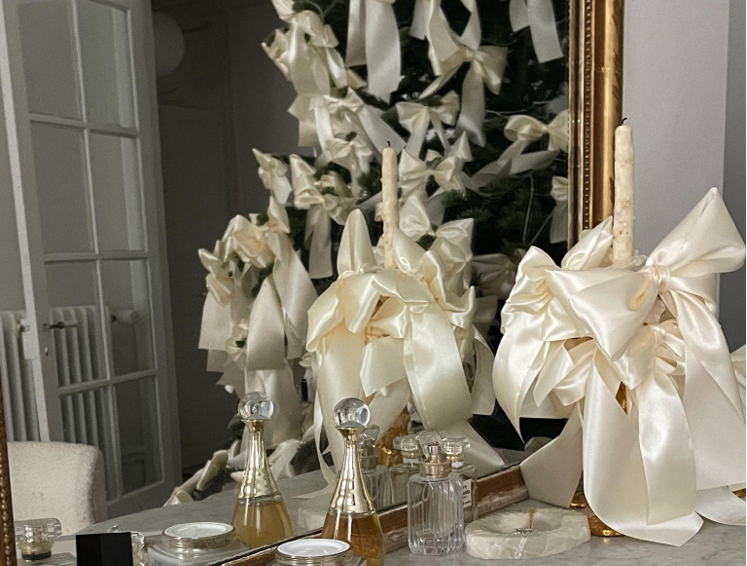How the Recording Industry Made Christmas Carols Mainstream and Popularized the Holidays
Christmas is not only known as the time of year when we exchange gifts and indulge in festive feasts, but also for the iconic holiday carols that fill the airwaves. However, the tradition of Christmas caroling has only been around for a few centuries, and its widespread popularity can be attributed to the recording industry.
The Birth of the Recording Industry: How Technology Changed How We Listen to Music
Prior to modern technology, caroling was primarily a localized tradition, where groups of neighbors and friends would go door-to-door singing songs for small audiences. Although Christmas carols have been around for centuries, the industrial revolution allowed for mass production of sheet music and instruments, which led to the rise of commercial music publishing in the late 19th century.
It wasn’t until the late 1800s that the first Christmas carol recordings were made. The technology of phonographs allowed for a more widespread distribution of music and enabled listeners to hear the songs of different regions and cultures. The first influential Christmas recording was “O Holy Night,” recorded in 1906 by Enrico Caruso. This marked the beginning of the recording industry’s involvement in popularizing Christmas music.
The Great Depression of the 1930s was a turning point for the music industry. With radio becoming a common household item, the entertainment industry was able to take advantage of this platform to spread holiday cheer. The first radio broadcast of carols took place in 1927, by the radio personality Arthur Burghardt. The NBC network took it a step further in 1930 by broadcasting a Christmas Eve program featuring the Westminster Choir, which attracted over 20 million listeners.
Bing Crosby and the Golden Age of Christmas Albums: How One Man Ruled the Charts
In the 1940s and 1950s, the recording industry began to incorporate more diverse genres into Christmas music, such as jazz and pop. In 1942, Bing Crosby released the single “White Christmas,” which went on to become the best-selling single of all time, with over 50 million copies sold worldwide. It not only set the bar for Christmas music, but also set up the music industry for a thriving commercial enterprise that would last for years to come.
In the 1960s and 1970s, artists such as Nat King Cole and Johnny Mathis modernized classic carols, and artists such as the Beach Boys and the Jackson 5 introduced new original classics like “Little Saint Nick” and “Santa Claus is Coming to Town.” The rise of television also played a role in popularizing Christmas music, with specials like “A Charlie Brown Christmas,” and “The Sound of Christmas” that featured live performances of classic and modern holiday songs.
The Modern Era of Christmas Music: Mariah Carey, Michael Bublé, and More
The 1980s and 1990s saw a continuation of this trend, with pop divas such as Mariah Carey and Whitney Houston releasing memorable Christmas albums. In 1994, the charity single “Do They Know It’s Christmas?” brought together dozens of top British musicians, such as Bono, George Michael, and Bob Geldof, and raised millions of dollars for famine relief in Ethiopia.
Today, Christmas music has become a staple of the holiday season, with it being played in stores, public places, and on the radio well before the first snowfall. The recording industry’s role in popularizing holiday music cannot be overstated, as it has allowed for a vast array of artists and genres to share the joy and spirit of the season with the world.
In conclusion, the recording industry’s involvement in Christmas music has played a vital role in making this beloved tradition a worldwide phenomenon. It has allowed for greater accessibility and diversity in an ever-evolving industry, ensuring that every generation has their own unique holiday soundtrack. So this holiday season, whether you’re listening to classics like “Silent Night” or modern favorites like “All I Want for Christmas is You,” take a moment to appreciate the impact of the music industry in making these timeless carols come to life.






